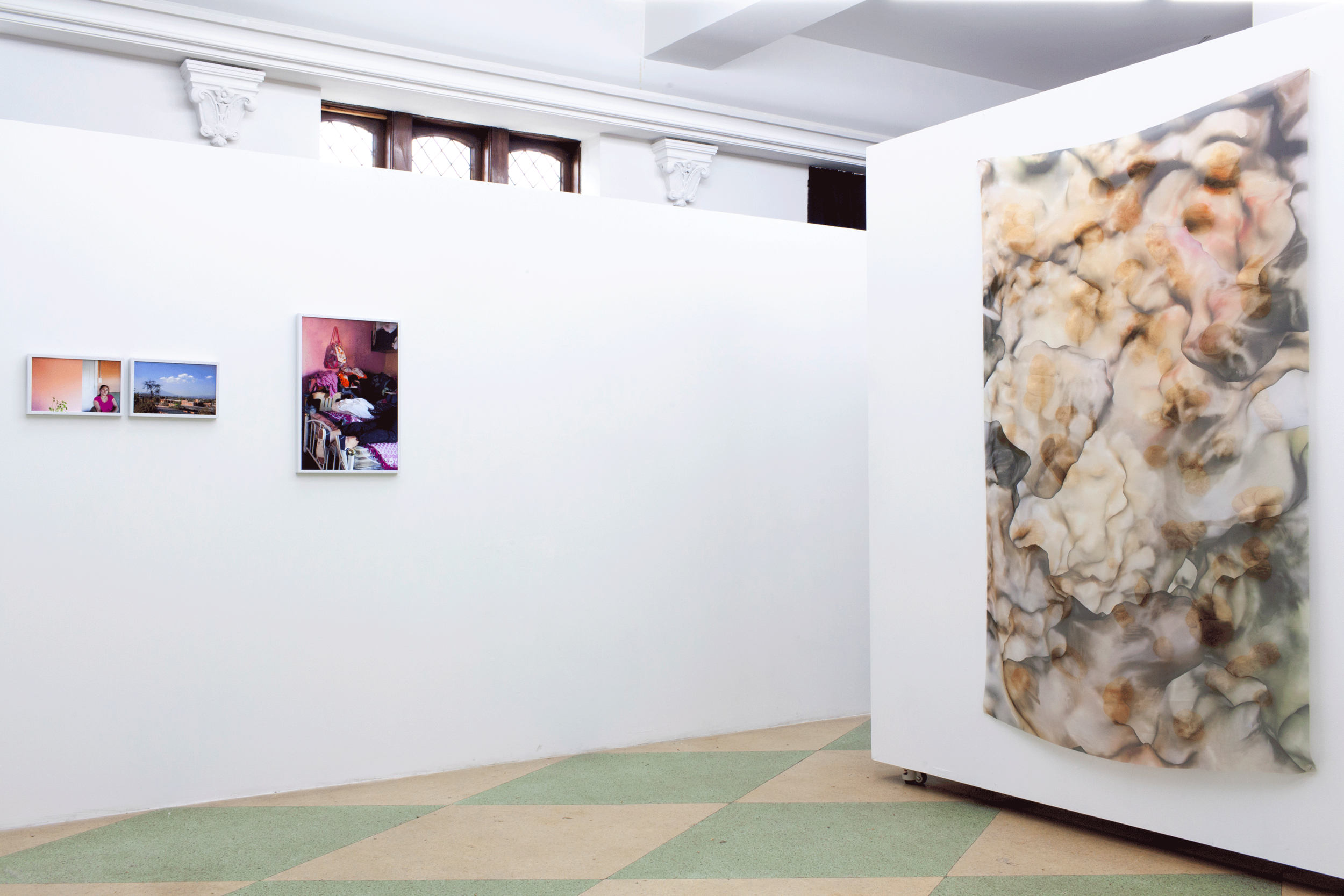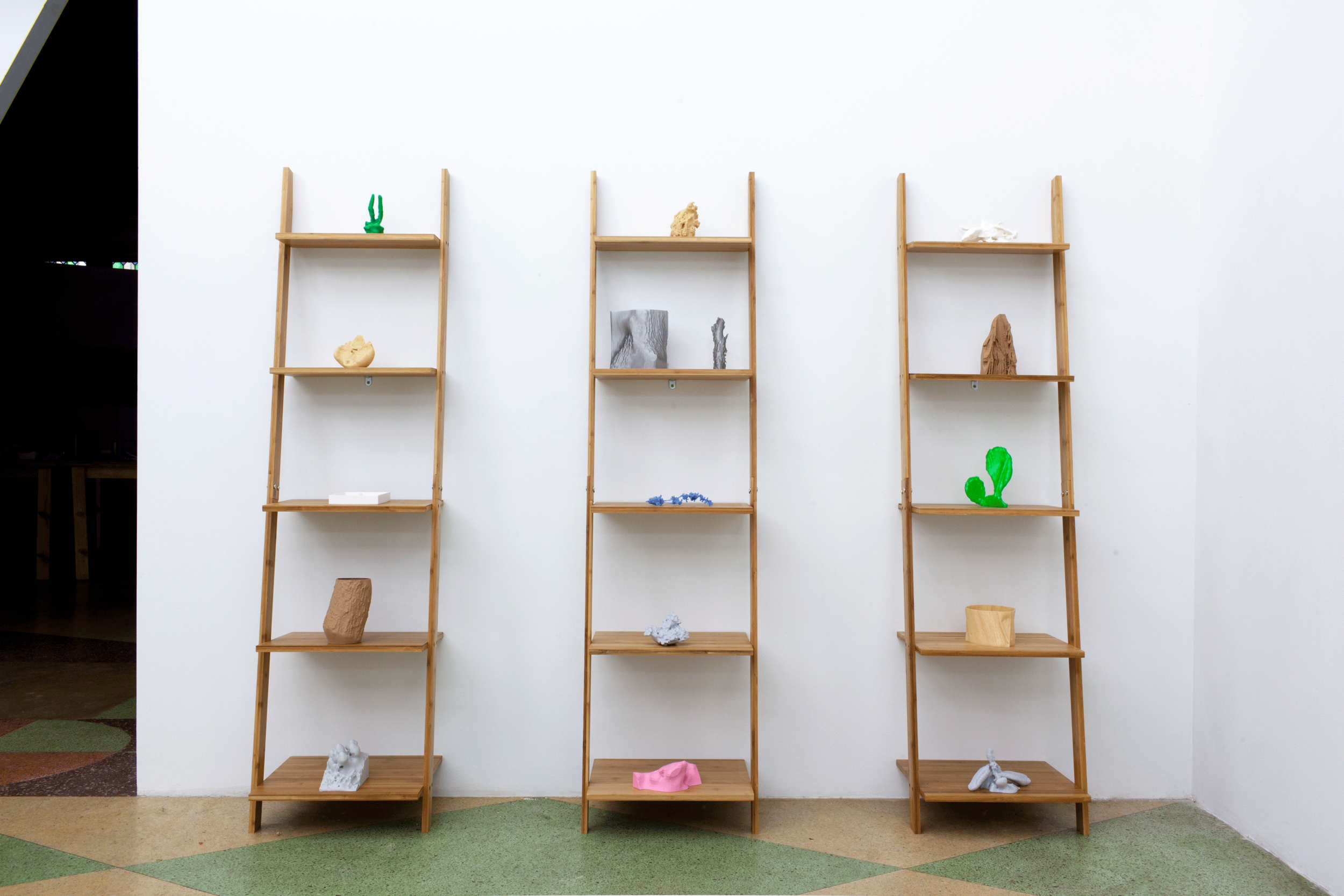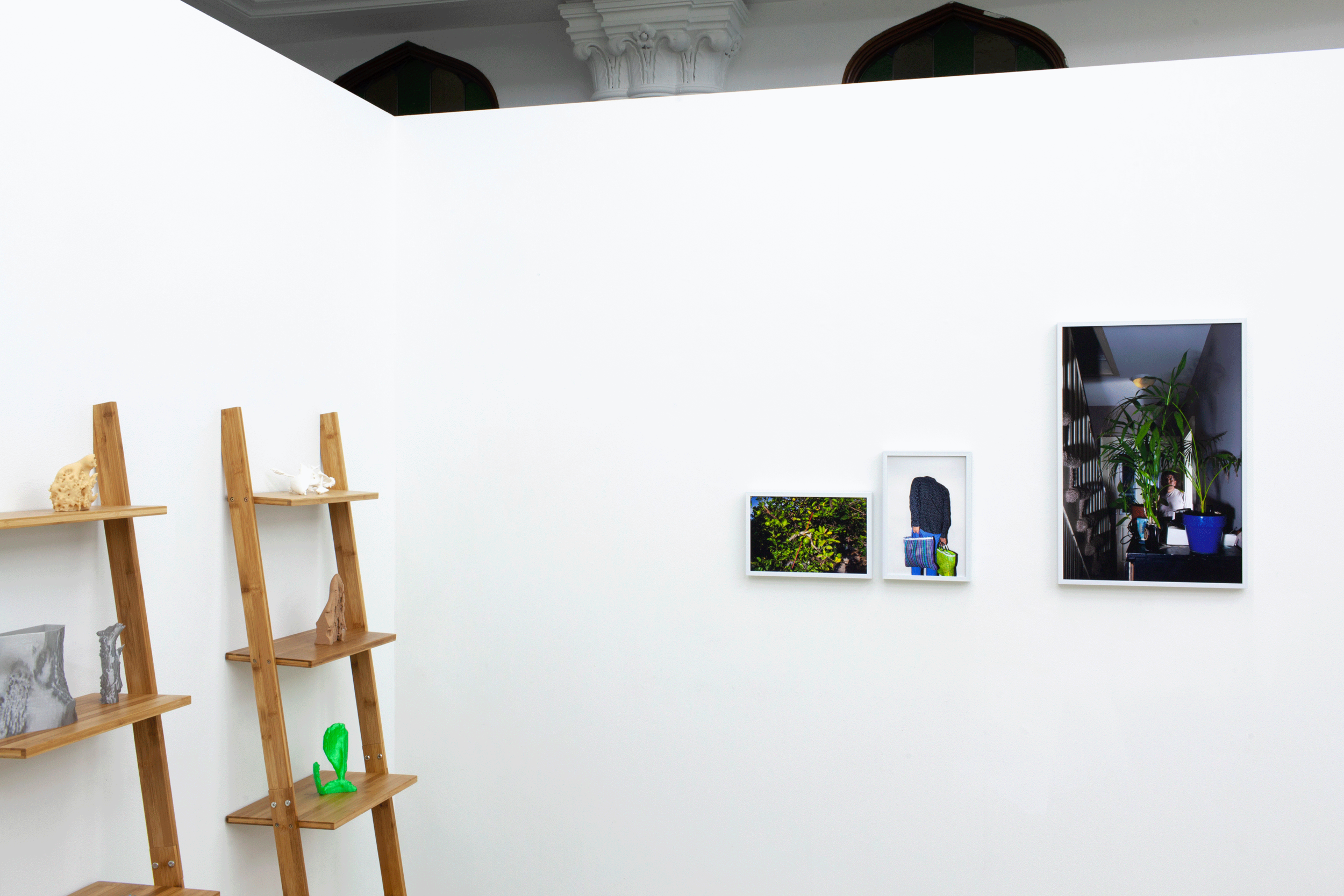The Approach
ACRE Projects
May 31st - June 22, 2019
“1. Nearly…”¹
Similar to a narrative arc, we like to believe that our life builds reliably and, as its author, we determine how it settles into resolution. But as we move through public and intimate spheres, the solid foundation we seek is found to be continuously shifting and unfolding in unpredictable ways. Moments of misrecognition, instability, and isolation are more frequent than we would hope and they occur in spaces and with people that should provide anything but.
We experience these fragilities of living simultaneously to holding hopes for satisfaction, upward mobility, and reliable connection. To be solid, stable, and near. As we try to find root and better traction in the world, we wish to be closer to a place, an ideal, or a person, because “the nearness to this thing will help you (or a world) to become different in just the right way.”²
But just as we approach the thing, it slips. It moves away, transforms, or disappears completely. How do we deal?
2. On dealing
With hopes for a more livable future and a habitable planet, Holly Veselka considers the gulf between emerging technologies and the natural environment. Emerging technologies are that which are believed to have the potential to change the status quo. Thus, its impact relies on its futurity and as a technology in the emergent phase, its contours are still somewhat uncertain and ambiguous. Largely created by humans for humans, AI is unable to read organic material and register biodiversity. Veselka brings to visibility AI’s strange interpretations of living matter to tell a (un)natural history.
For many, there exists a feeling of homelessness. Not quite from here, not quite from there. As recent pasts and near futures blend, we feel the need to collect evidence to regain footing. Juan Molina Hernández uses narrative strategies to explore the memory of their home in México and their lived experience in America. The visual fragments do not so much directly confront, but rather quietly accumulate. What is felt is a distance to those who should feel close.
The complexity of our nebulous relationships to our bodies and that of others are made even more so when layered with prescribed standards of gender and orientation. Clare Gatto combines the technologies of ceramic vessels and virtual simulation to create landscapes built of the interstitial that are emotionally rich and diverse. By encouraging the viewer to explore the intervallic space of conflicting emotions, Gatto makes apparent the fragile quality of seemingly solid structures. It is this fragility which holds creative potential for envisioning a body beyond singular identity or binaries and a space for that body to exist.
3. Speech and action, a proposal
Centered around the works of Gatto, Molina Hernández, and Veselka, The approach features Wanbli Gamache in residence at ACRE’s Pilsen project space. Using voice and the body as material, Gamache considers “the right to address and be addressed, to signify and be interpreted, to speak and be heard, to make a sign and to know that it will receive respectful attention.”³
As she develops her works in the studio, Gamache employs the exhibiting artists’ use of visibility, fragmented narrativity, and embraced liminality. Public engagement with Gamache’s in-progress works are opportunities to consider how approaches developed within an artistic practice can inform and maintain everyday living.
In the gallery, weekly glimpses into Gamache’s process will be available to the public in the forms of performance and evolving objects. This periodic activity of adjustment releases to view a theory-in-practice. Throughout the run of The approach, we question and explore: How can we creatively confront difficult emotional and pragmatic problems and learn how to deal with the uncertainty that results?
Berlant, Lauren. Cruel Optimism. Duke University Press, 2011. 161.
Ibid., 2.
Bhabha, Homi K. “The Right to Narrate.” Harvard Design Magazine, Harvard University Graduate School of Design, 2014, www.harvarddesignmagazine.org/issues/38/the-right-to-narrate.









